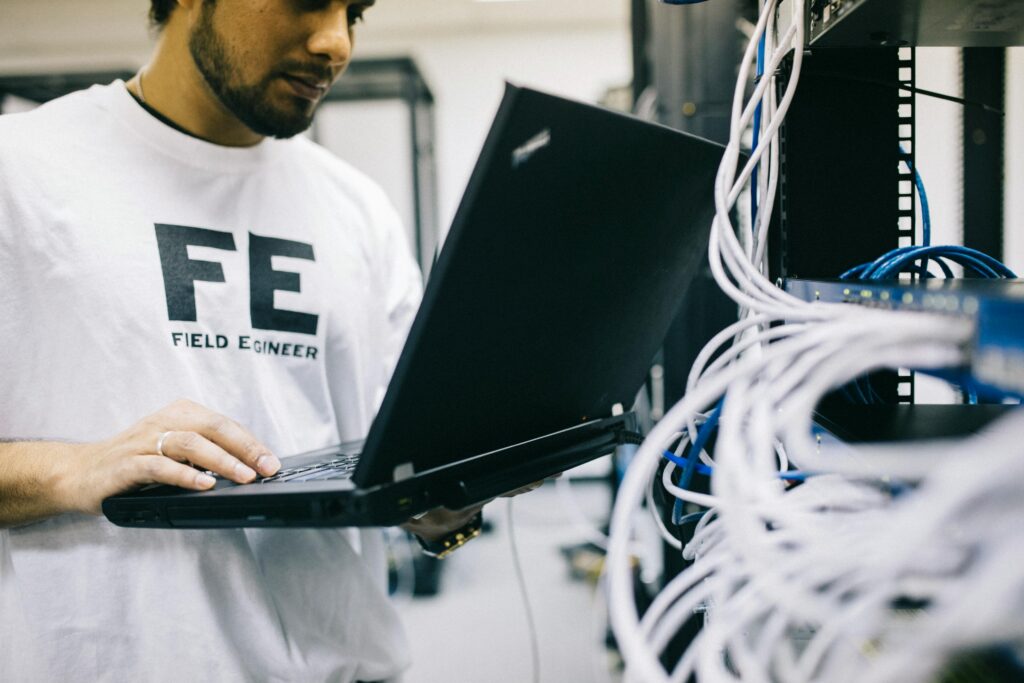As a Requirements Engineer, I navigate the intricate landscape of software development. In this landscape every line of code must harmonize with the needs of users and stakeholders. In this journey, I’ve come to realize that embracing openness to experiences isn’t just a personal trait. It’s a professional asset that fuels innovation and problem-solving. Delve into openness in requirements engineering.
Embracing Openness: A Primer for Requirements Engineers
In the realm of Requirements Engineering, openness isn’t merely about being receptive to new ideas. It’s about actively seeking them out. Much like the six sub-aspects of openness to experience, ranging from imagination to liberalism, Requirements Engineers must cultivate a mindset that transcends the conventional.
What is Openness to Experience?
At its core, openness to experience encapsulates a thirst for exploration and a hunger for understanding. It’s about being inherently curious. From another perspective it is not just about the tangible aspects of a project. Instead it is also about the intangible nuances that shape user experiences.
Navigating Stability and Change
While stability is often prized in the realm of software development, particularly concerning established processes and methodologies, it’s crucial to recognize the evolving nature of technology. Just as openness increases with age, so too must our adaptability to new technologies and methodologies.
The Pitfalls of Extreme Openness
In our quest for innovation, it’s essential to tread carefully and acknowledge the potential pitfalls of extreme openness. From a rejection of social norms to a detachment from reality, excessive openness can hinder rather than enhance the Requirements Engineering process.
Cultivating Creativity: Practical Approaches
As Requirements Engineers, we’re tasked with translating abstract ideas into concrete solutions. Embracing creativity requires more than just an open mind; it demands a willingness to challenge assumptions, explore unconventional avenues, and collaborate across disciplines.
Leveraging the Six Sub-Aspects of Openness
Each facet of openness to experience offers a unique lens through which we can approach Requirements Engineering:
- Imagination: Dare to envision possibilities beyond the constraints of the present reality.
- Aesthetics: Appreciate the artistry inherent in crafting user-centric solutions.
- Emotionality: Understand the emotional resonance of software experiences and design accordingly.
- Adventurous Spirit: Embrace the unknown and seek out novel solutions to complex problems.
- Intellect: Engage in intellectual discourse and explore the underlying theories shaping software design.
- Liberalism: Challenge the status quo and advocate for innovative approaches that defy convention.
Fostering a Culture of Innovation
In the dynamic landscape of Requirements Engineering, fostering a culture of innovation is paramount. By encouraging cross-disciplinary collaboration, providing space for experimentation, and celebrating diverse perspectives, we can unlock the full potential of creativity in software development.
Conclusion: Embracing Openness in Requirements Engineering
In the ever-evolving realm of technology, Requirements Engineers serve as architects of innovation, bridging the gap between user needs and technical solutions. By embracing openness to experience, we can transcend the boundaries of conventionality, unlocking new possibilities and driving meaningful change in software development.
Credits: Photo by Dan Phan Nguyen from Pexels



